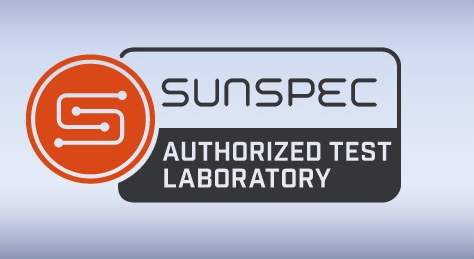In a few short years, the industry’s concept of a Distributed Energy Resource (DER) has morphed from an uncomplicated rooftop solar PV system that reduces your electricity bill to an incredibly complicated apparatus that does what the old system did plus stores energy, keeps the lights on at night or during blackouts, powers electric vehicles, and strengthens the utility grid.
In the face of rapid technological and regulatory change, complexity has crept into DER system design and business models. And with increased complexity, the prospect of higher costs, lower predictability, and increased risk is the likely result. These statements are true of the DER system, and are also true of the individual components in the system. To illustrate this point, we’ll look at the Module Level Power Electronics (MLPE) that are now part of the equation.
In 2014, the National Electrical Code (NEC) introduced requirements for arc fault detection and for de-energizing system arrays for the purpose of increasing safety. By 2017, the NEC began expanding the scope of the regulation by requiring that every solar array installed on a rooftop must have both arc fault protection and the ability to de-energize every individual module in the system within 30 seconds of deactivation by a user.
To comply with these compounding requirements, manufacturers introduced a variety of proprietary add-on devices (MLPE) to string inverter-based solar system designs. The result has been a dramatic increase in total parts count, a doubling in connector count, and the unintended consequence of signal congestion (“noise”) on the DC wiring of the DER system that can hamstring both arc fault detection and rapid shutdown functions. Taken altogether, these factors result in higher component failure rates, increased safety risk for construction personnel and system owners, and lower system performance.
There has to be a better way.
Simplicity through standardization, integration, and adaptability
Anticipating this future, SunSpec Alliance members determined that adding more parts would not be a winning strategy for DER system builders that rely on efficiency and longevity to sustain profitability. In this light, the objective in DER system design should be to implement strategies that allow compliance with sometimes overlapping regulatory requirements while holding part counts, connecting points, and the physical labor required for system construction at a constant, and to accomplish these goals without introducing risky, new technologies.
When SunSpec embarked on developing the open SunSpec Communication Signal for Rapid Shutdown (SunSpec RSD) standard, the companies involved adopted three important principles:
1. The challenges faced in implementing a shutdown standard are old ones. Fundamental, proven, and well-aged solutions would be employed to address the problem.
2. Regulations set the boundaries on potential solutions. The need to embed technology in existing system components (e.g. the PV module junction box, the PV connector, or the inverter case) and utilize the PV array wiring was both obvious and required to minimize cost and enable mass adoption as required by law.
3. A rapid shutdown signal is likely one of many mandated signals that would be forced to share DC power lines. Federal Communication Commission regulations were bound to come into play.
Given these principles, the intellectual property comprising the standard would need to be mature, unencumbered, and well supported by high-volume component products to ensure reliability, acceptable market entry cost, and sustainable long-term cost.
This combination of factors set a high bar for a de facto standard that would require a number of proof points simply to enter the market. The SunSpec RSD solution would need a primary silicon chip provider (Texas Instruments); harmonization with the UL 1741 SA testing standard; a network of SunSpec Authorized Testing Laboratories to validate implementation; and shipping products from at least a dozen manufacturers that could be embedded in PV modules and other common system components. The SunSpec ecosystem accomplished all these things by 2020.
Since that time, SunSpec restarted its technical working group to adapt the SunSpec RSD standard to multi-module and string applications. It also developed a university-level online training course for installers that is now available at UC San Diego Extension and at North Carolina State University. And finally, SunSpec has introduced a whitepaper describing the technology and published an intellectual property prior art study to demonstrate the work done to define an open standard. As a serious standards development organization striving to produce a simple, complete solution, SunSpec understands that the industry requires transparency, and they strive for it each day.
SunSpec has gone to great lengths to fulfill its mission of defining open information standards for Distributed Energy that expand the market for all involved. SunSpec members and the entire DER supply chain expects that SunSpec standards result in solutions that offer lower cost and complexity, decreased installation times, fewer component failures, fewer worker safety hazards, lower total system costs, an expanding array of competing suppliers, and a growing DER market.
Tom Tansy is chairman of SunSpec Alliance.
— Solar Builder magazine

Leave a Reply
You must be logged in to post a comment.